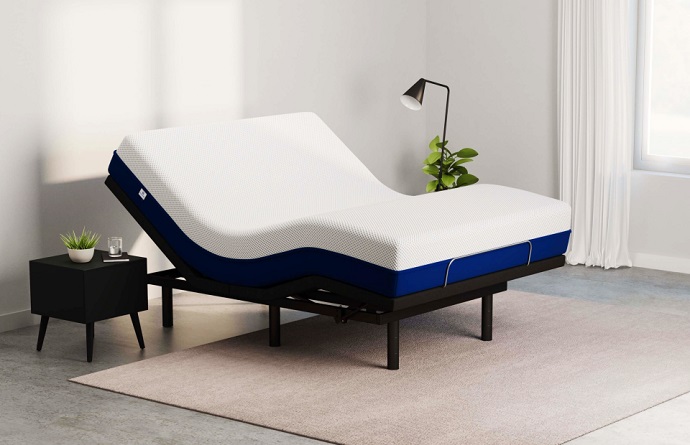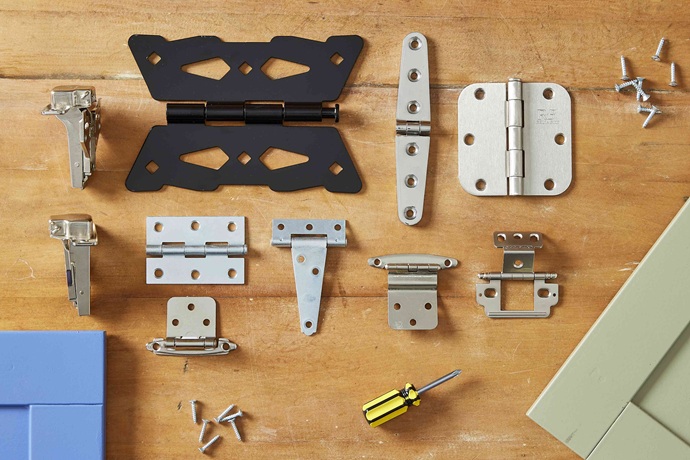Utes have grown in size to include bigger tubs and trays, more spacious interiors to give you the ability to carry more in one go. But for most owners, there’ll always be items left behind. To sort your space and carrying needs, consider the assortment of ute-specific options, like roof racks as the undeniably most popular addition on this list used to safely carry items of any shape and size in the bush or to the workplace.
Why Racks are a Necessity

Well-appointed and well-built roof racks Australia are a necessity that greatly increase the vehicle’s overall storage capacity. Bolted to the roofline, they provide a study base for carrying items as diverse as camping gear or building materials without encroaching on interior comfort and legroom. And they meet strict safety regulations. The benefits though don’t end there. Besides letting you carry more in one go, racks are also needed for:
- Increased interior space and legroom, free of clutter – reduce clutter, damage to doors, seats and interior trim or unsightly scratches and scuffs when loading bulkier items. Roof racks free up space inside the cabin for added passenger comfort and safety, with all items neatly organised and accessible.
- Safety when transporting gear and equipment of any size – free up tray and boot space and prevent heavy gear from rattling or falling off and becoming a safety hazard. Multiple tie-down points and raised rails ensure everything loaded onto a rack stays put. With gear higher up, there’s also significantly better visibility front and back.
- Better weight distribution – spare tyres, jerry cans, ladders, recovery equipment and building materials can get heavy and affect steering and the centre of gravity, meaning handling issues. Racks avoid this by distributing weight evenly along the length.
- Adding off-roading gear – driving lights, light bars, antennas and other equipment can be safely added to roof racks without taking up valuable space on bull bars or the interior.
- Double-duty in camping – add awnings, roof-top tents and other camping extras on the rack. The raised side rails in roof baskets provide a sturdy base to set up camp with additions that bring comfort and convenience.
Which Type Suits Your Needs?
Different designs determine what you can carry and how they attach to the roof. Basket and platform types are the most common. Baskets or cages have raised side rails on all sides, robust mesh bases, sturdy cross members and multiple tie-down points for carrying smaller items. They’re good for camping and work uses, for instance loading smaller toolboxes or pitching awnings.
Platforms do away with the rails to provide loading space for longer gear. This can be ladders, planks, bikes, surfboards and other sporting goods with some heft. Both types fit to the ute via factory-fitted rails or rain gutters, depending on the vehicle. Newer versions are tray racks that fit over appointed tonneau covers with compatible cross bars, tub racks that sit higher (usually in line with the cab roof) and allow transporting extremely long items, and welded or bolted racks that fit custom-built canopies.
Choosing the Right Roof Rack

Sizes, materials, load capacity and a clean fit should be the main factors when setting out to buy roof racks Australia wide. Sizes are determined by roofline lengths and widths, and dependent of vehicle specifics. Dual cab utes and larger 4WDs will naturally fit longer racks, usually extending to over 2000 mm, but there’s less variation in widths, with most roof racks not wider than 1500 mm.
Materials determine strength, durability and looks. Aluminium is the lightweight yet robust option that doesn’t encroach on overall roof loading capacity, with the biggest racks rounding out to less than 30 kilos. The material resists rust, is easy to clean and has an inherent sheen for a clean overall appearance.
Choose steel if you want outright strength in carrying higher items on unpaved roads or for off-road use. Just ensure this is coated to prevent staining and corrosion, and that you’re wary not to overload rack and roof with heavier gear. Loading capacities are limited to 100 kilos in most dual-cab utes (including the weight of the rack), though some 4×4 roof racks can carry up to 150 kilos. Check your car manual for safe and recommended loading capacities.
Additionally, consider racks that are easy to get on, or remove when not needed. Packaged kits usually include all mounting hardware, supplied in the same materials and finishes as the rest of the racks for a cleaner overall look. If you’re handy with basic tools, then this is a relatively simple DIY job. Otherwise have the rack professionally fitted by the dealer. For a worry-free purchase additionally, ensure that the parts are ADR-certified to meet safety and compatibility requirement, and come with clearly stated warranties.





















